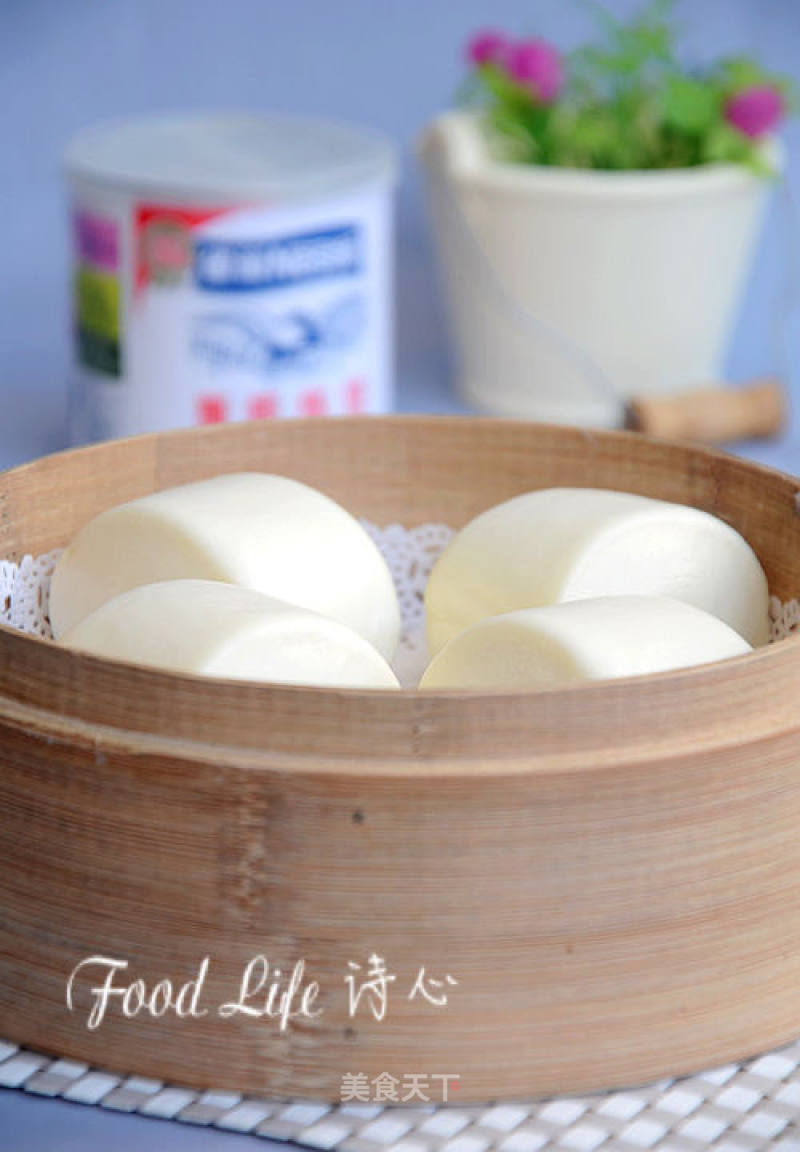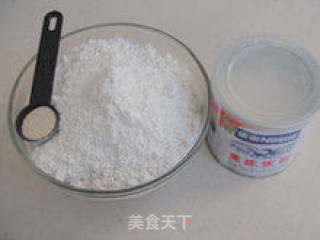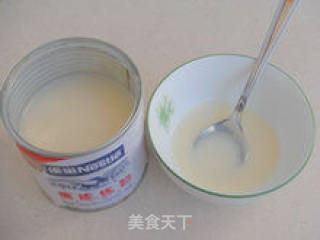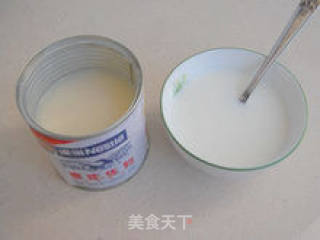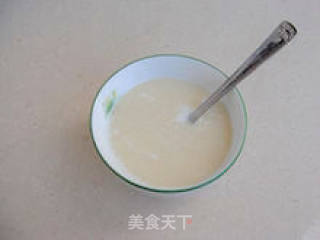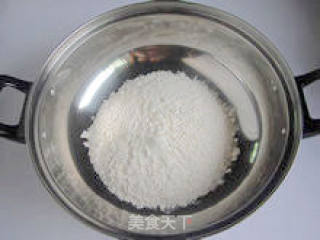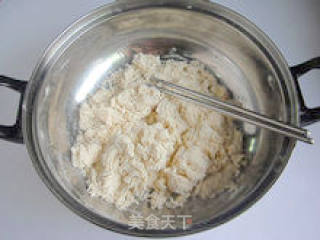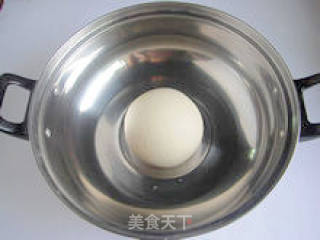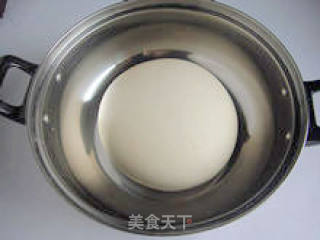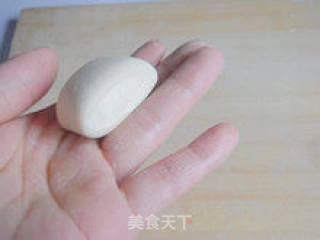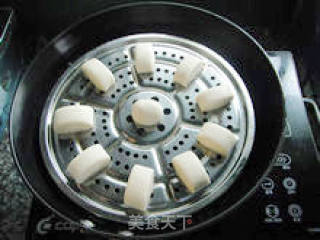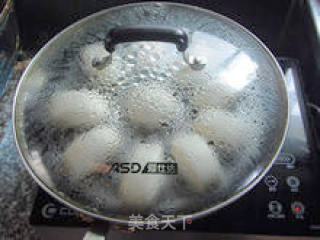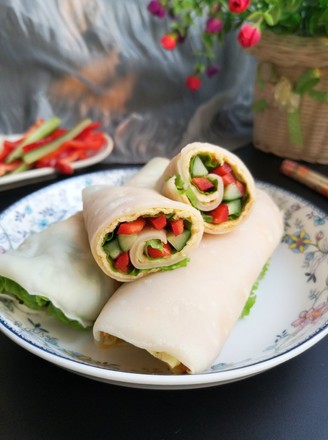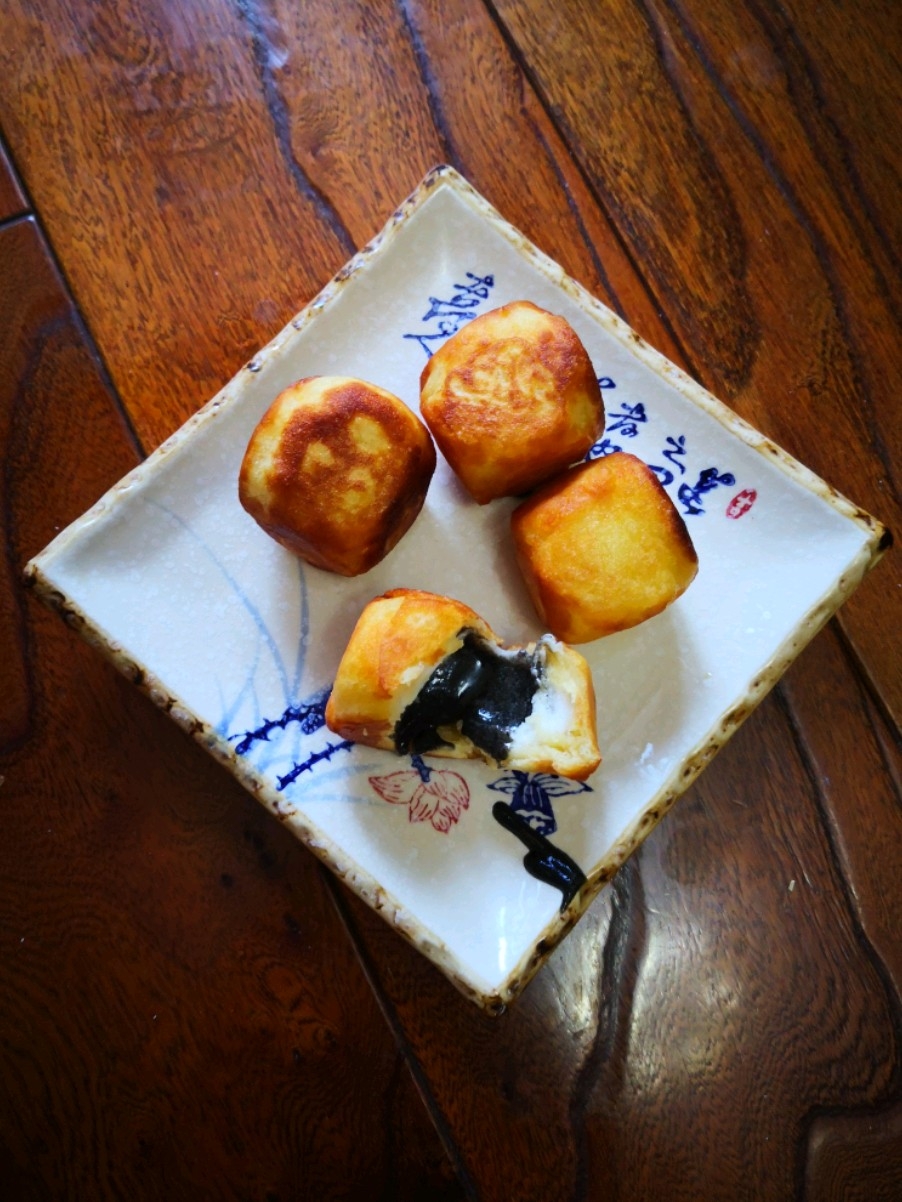【condensed Milk Steamed Buns】--- Handmade Steamed Buns with Rich Milk Flavor
by Poetic heart
Favorite
Difficulty
Normal
Time
1h
Serving
2
The white and fat little steamed bun is a common staple food in our lives, and it is also the favorite of children. It is often found in our breakfast.
The method of steamed buns is very simple, as long as a little flour, a little yeast, and a little water are enough. After thorough mixing and fermentation, it brings a nutritious and full-bodied delicacy.
When making white-flour steamed buns, I like to add some Nestlé Eagle-branded condensed milk to the steamed buns. The steamed buns are full of milky flavor and will never tire of eating. "
The method of steamed buns is very simple, as long as a little flour, a little yeast, and a little water are enough. After thorough mixing and fermentation, it brings a nutritious and full-bodied delicacy.
When making white-flour steamed buns, I like to add some Nestlé Eagle-branded condensed milk to the steamed buns. The steamed buns are full of milky flavor and will never tire of eating. "

